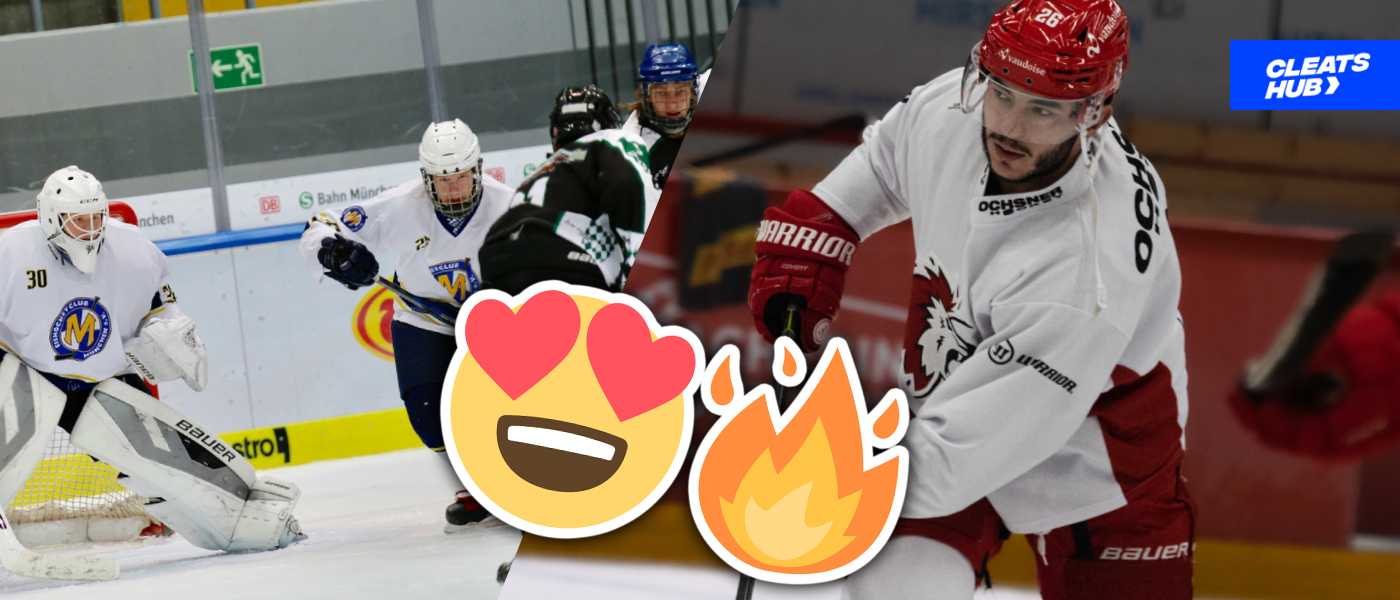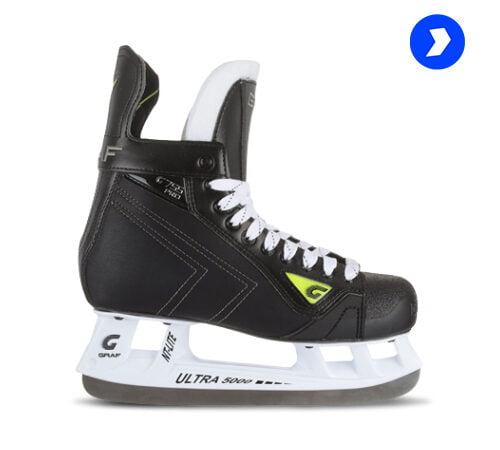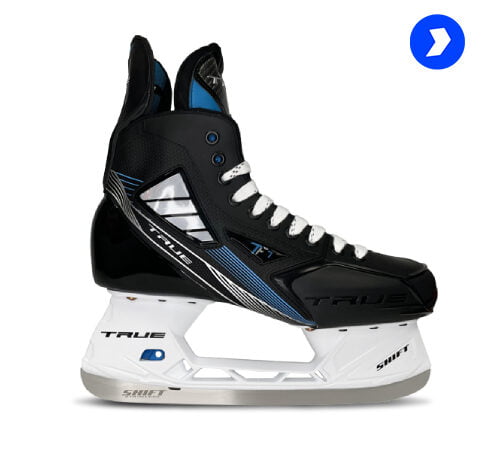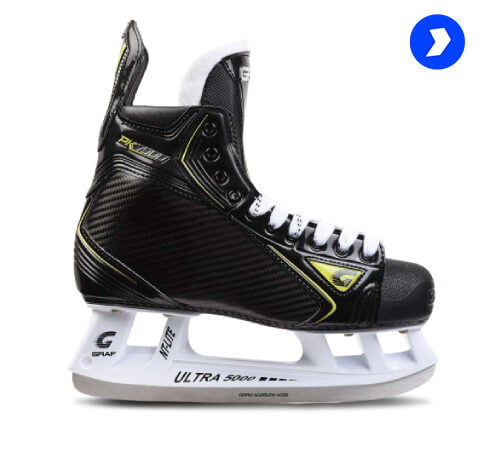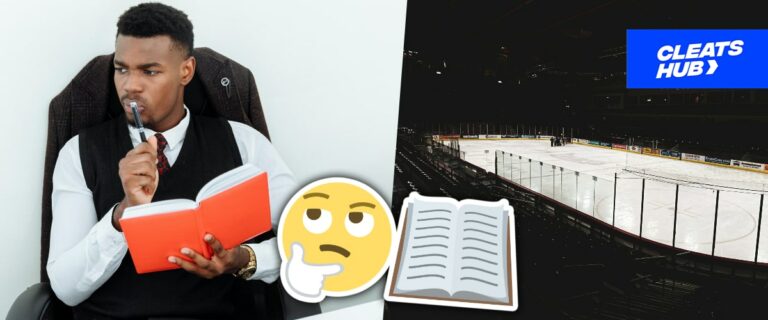Restricted Free Agents (RFA) In The NHL Explained
In the NHL, free agency is a time when players who have satisfied certain criteria are free to sign a contract with any team; however, for our purposes, we’ll be focusing on restricted free agents (RFAs).
What Is An NHL-Restricted Free Agent
Those NHL players who are no longer bound by an entry-level contract but do not meet the requirements to become unrestricted free agents are referred to as restricted free agents, or RFAs. Three years is the longest period for which a player can be covered under an entry-level contract. During this period, the player’s rights are still owned by his current team. Hence, he must remain with the team until he signs with another team as a free agent.
The athlete can, however, leave the team as a free agent after fulfilling the condition. Yet, there is a difference between being an unrestricted free agent (UFA) and being a restricted free agent (RFA).
Difference Between Restricted And Unrestricted Free Agents (RFA Vs UFA)
How do you become an RFA or UFA, first of all?
A player must be 27 years old or have seven NHL seasons under their belt in order to be an unrestricted free agent (UFA) (for Group 3 UFA). In the NHL, a player has an accumulated season if they appear in at least 40 games for one NHL team throughout the season (30 games for goaltenders).
Nonetheless, a player qualifies as a restricted free agent (RFA) if he is less than 25 years of age or has less than seven NHL seasons of cumulative play.
Movement freedom is another distinction between the two free agents.
Unlike RFAs, who are obligated to one NHL team but have the “conditional” right to pursue contract offers from other teams, UFAs are free to sign a contract with any team of their choosing and are not restricted to any NHL organization. Later in this post, we’ll cover the requirements for an RFA to sign with another team.
NHL RFA Rules
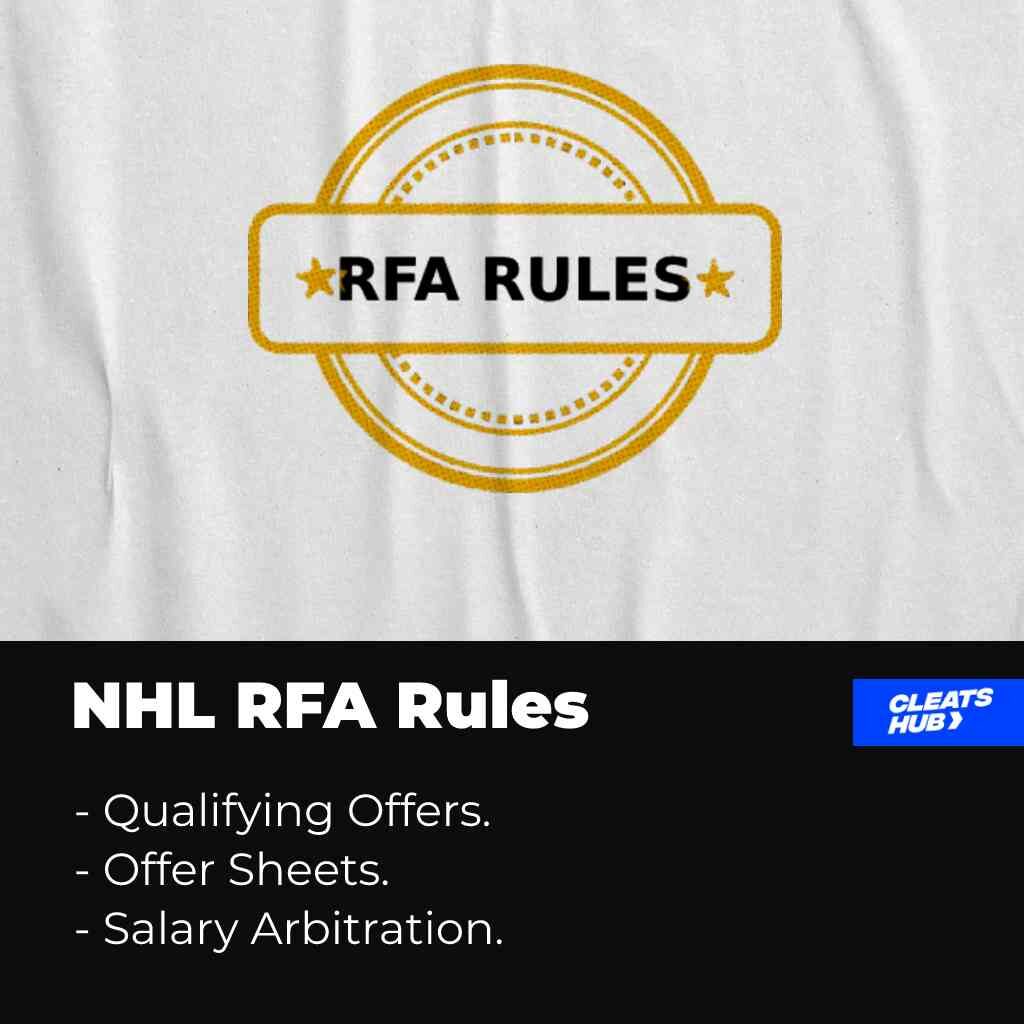
Here are some general rules and terms associated with restricted free agents in the NHL. In this section, we will be looking at qualifying offers, offer sheets, and salary arbitration.
RFA Qualifying Offer
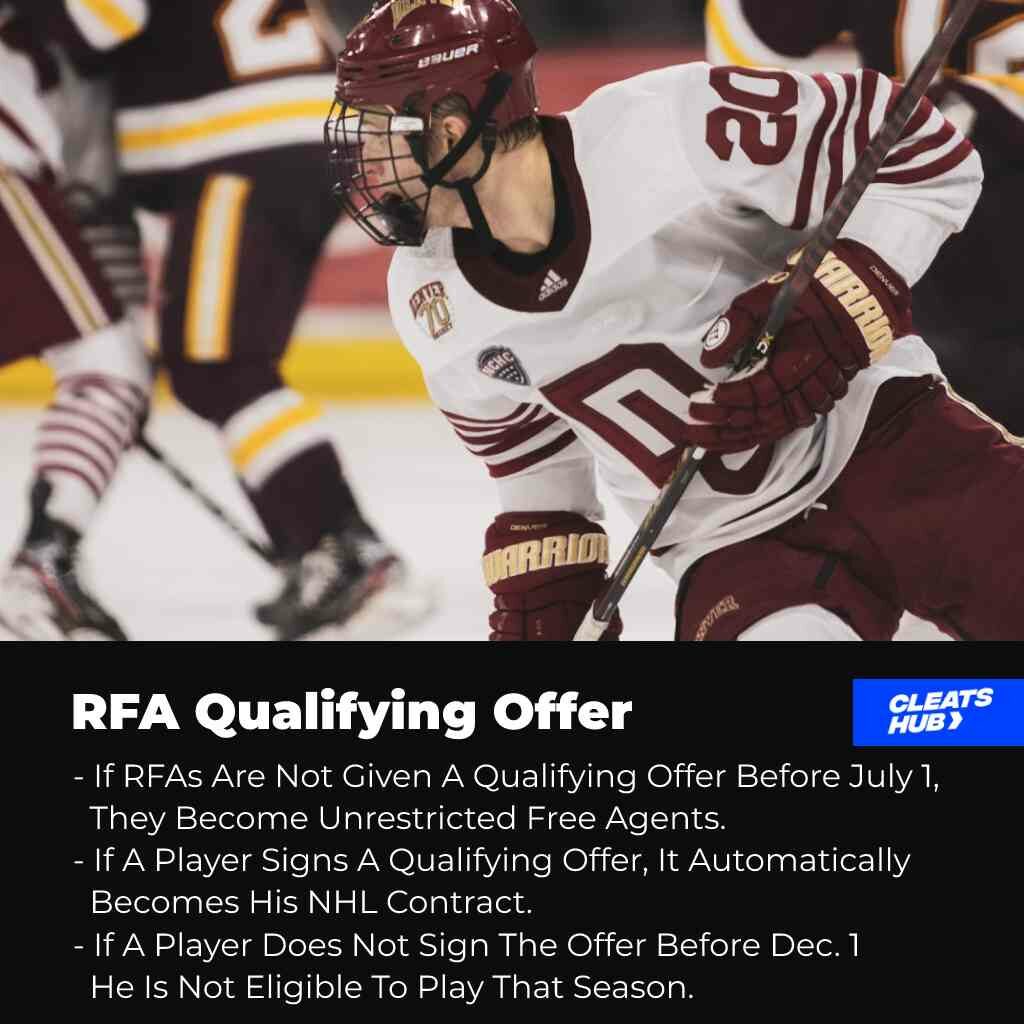
A qualifying offer is a contract extension to an RFA by his current team, in which the RFA will receive a minimal raise from his previous contract offer. Qualifying offers are proposals to players after the end of their entry-level contract (before they qualify as an unrestricted free agent) or after the end of one qualifying offer.
A qualifying offer in the NHL must be for at least a year. In other words, the qualifying offer can last the duration the player is an RFA. A player automatically becomes an unrestricted free agent if a team does not make a qualifying offer as an RFA on their roster.
There are four key points to consider about qualifying offers.
- If his team does not give an RFA a qualifying offer, he automatically becomes a UFA.
- Also, if a player rejects a qualifying offer from his team, he will remain a restricted free agent. This means the team still owns his rights until he qualifies as a UFA.
- NHL teams that fail to send a qualifying offer to their RFAs before July 1 lose the players, and they become UFAs.
- If a player accepts and signs a qualifying offer, the terms, length, and monetary value of the offer become the player’s new NHL contract with the team.
- Lastly, any player who refuses to sign the qualifying offer on December 1 cannot play for the rest of that season.
The table below shows the values of qualifying offers.
| Players Salary | Qualifying Offer |
| $660,000 or less | 110% Of the Player’s Salary |
| $660,001 – $952,380 | 105% Of the Player’s Salary |
| $952,381 -$999,999 | $1 million in salary |
| $1 million and above | 100% Of the Player’s Salary |
Does An RFA Have To Sign His Team’s Qualifying Offer?
RFAs are not obliged to sign the qualifying offer of their team. There are a few players who refused to sign the qualifying offer from their team. However, the options open to such players are limited and aren’t great ones.
I. Sit It Out
While accepting a qualifying offer is not required for a restricted free agent, the player has the option to decline the offer. The disadvantage of this approach is that a player risks losing money with his current team.
Similarly, if a player declines the qualifying offer, he remains an RFA. An RFA may wish to accept an offer sheet from another team or wait until they qualify as a UFA, allowing them to sign with any team.
As previously stated, if the RFA does not accept the offer by December 1, he will be suspended for the remainder of the season. Furthermore, remaining dormant as a player can cause the player’s talent to deteriorate because he does not apply it in actual games.
II. Sign An Offer Sheet From Another Team
Other NHL teams can make restricted free agents sign offer sheets. Nonetheless, the majority of the time, the player’s team matches these offer sheets. Offer sheets are similar to qualifying offers. Offer sheets, on the other hand, are bids from other NHL teams to an RFA, as opposed to qualifying offers.
If an offer sheet is signed but not accepted by the restricted free agent’s current team, the player is free to join the other NHL team. This will be covered in greater detail later in this text.
III. Move And Play In Europe
Ultimately, if a player cannot locate an NHL team with which he may sign an offer sheet (and his present team is reluctant to match it), he can negotiate a deal with a European ice hockey team.
Yet, one distinguishing feature of European leagues is that they pay far less than the NHL or other North American leagues. Furthermore, there are no restrictions for an RFA to go from the NHL to a European league.
Offer Sheet: How Offer Sheets Work In The NHL
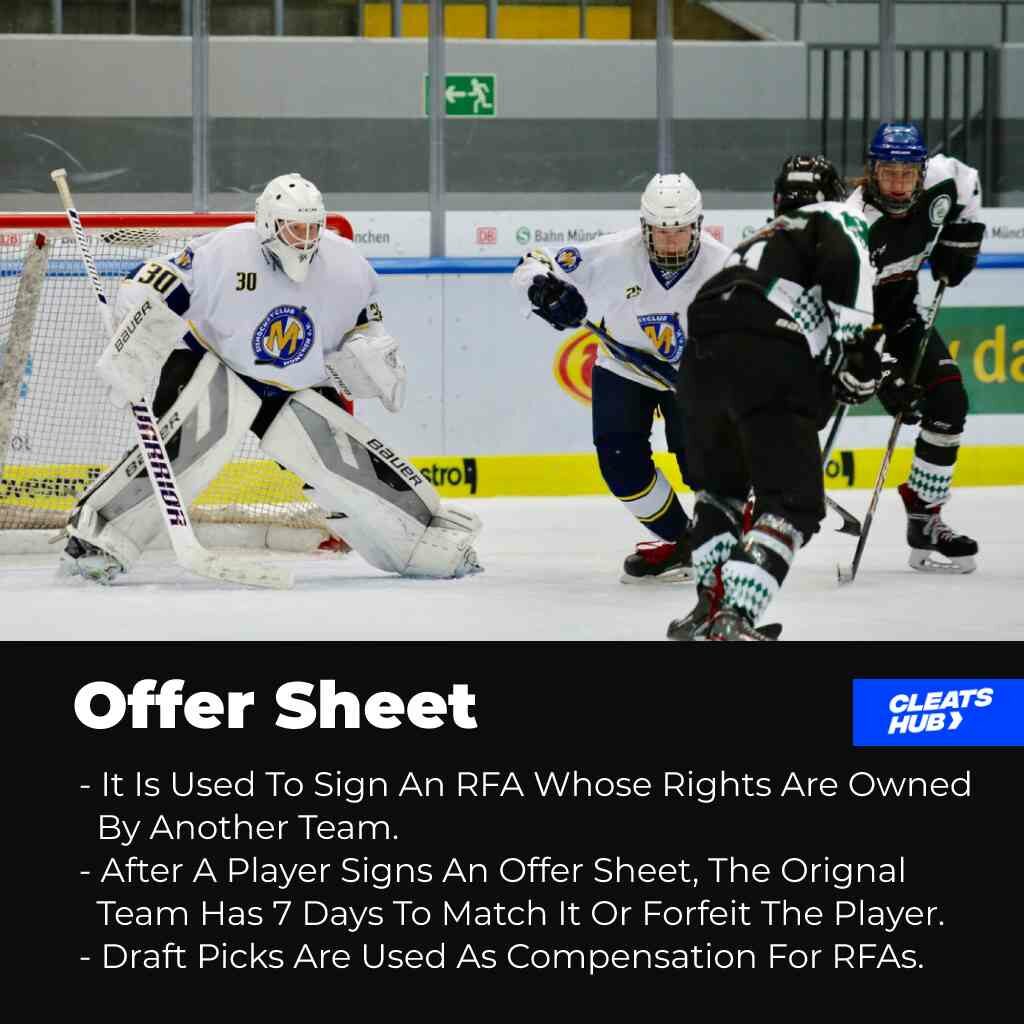
Offering RFAs whose rights are controlled by another team results in a legally binding contract known as an offer sheet. These are comparable to trade agreements whereby an NHL team consents to sign an RFA whose rights are controlled by another team in exchange for that team’s draft picks.
A team must carefully consider whether to exchange a player with known value and skill level for an unknown player with unknown skill sets in this hard trade.
How Do They Work?
A team may bargain an offer sheet with an RFA player they want to add to their squad. After the RFA player accepts the offer, the player’s existing team is informed of the development and has seven days to match the offer.
In order to “match” an offer sheet, the team that holds the player’s rights must exact the offer sheet of the team that desires the RFA. The player’s rights will transfer to his new team seven days after signing if the team’s offer sheet is not matched by the player.
A player’s new contract is established via the offer sheet, which details the terms, pay, and bonuses they will get. A team does not match a qualifying offer, though, very infrequently.
Offer Sheet Compensation
A team that is haggling over an offer sheet won’t accept an RFA from their present team unless they receive something in return. When it comes to offering sheets in the NHL, draft picks serve as the medium of exchange.
Also, each RFA’s compensation weight varies based on the player’s annual average value (AVV) and is not always equal. The sum of a player’s salary and signing bonus divided by the number of years remaining on his contract is the player’s AVV.
Below is a table showing how offer sheet compensation was distributed depending on the RFA’s AVV.
| Contract AVV | Offer Sheet Compensation |
| $1 – $1,356,540 | No Compensation |
| $1,356,541 – $2,055,364 | 1 Third-Round Pick |
| $2,055,365 – $4,110,732 | 1 Second-Round Pick |
| $4,110,733 – $6,166,096 | 1 Second-Round Pick 1 Third-Round Pick |
| $6,166,097 – $8,221,463 | 1 First-Round Pick 1 Second-Round Pick 1 Third-Round Pick |
| $8,221,464 – $10,276,829 | 2 First Round Picks 1 Second-Round Pick 1 Third-Round Pick |
| $10,279,829 and more | 4 First Round Picks |
Salary Arbitration
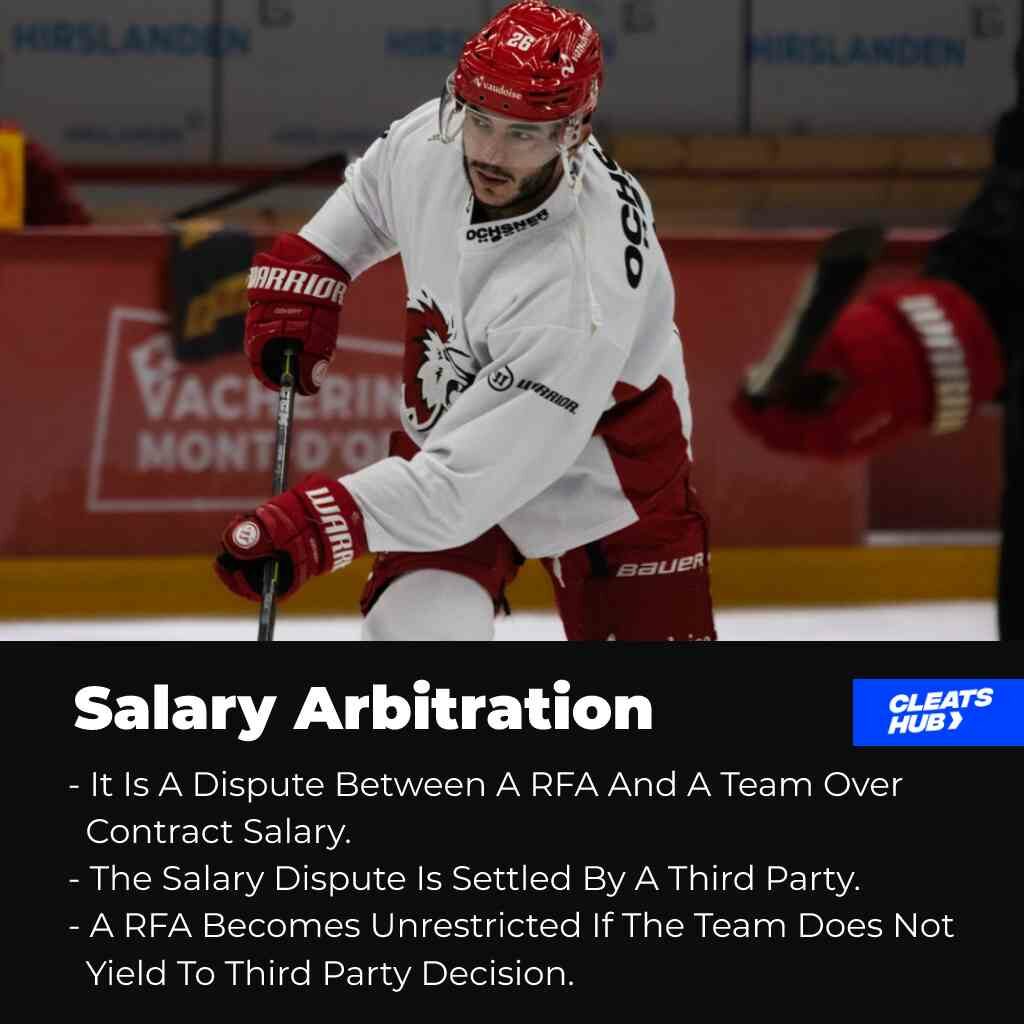
In salary arbitration, a restricted free agent’s salary disagreement with an NHL team is presented to a neutral third party, who then deliberates and renders a judgment. A hearing normally takes place two weeks after an arbitration is filed.
The third-party renders the verdict following the hearing. The player becomes an unrestricted free agent if the arbitrator’s ruling is rejected by an NHL franchise.
NHL teams and players can examine their contract agreement in the time between filing for arbitration and the hearing.
Can Any Player File An Arbitration?
Even though it would seem like a good idea to use salary arbitration to resolve the pay disagreement between an RFA and his organization, not every player is eligible to do so. Only RFAs may participate in arbitrations. The prerequisites for arbitration, however, are as follows:
- Players 18-20 must have four years of NHL experience
- A 21-year-old player must have 3-year experience
- Players 22-23 must have two years of experience
- Players aged 24 or older must have at least one year of NHL experience
A player will be counted as having a year of experience if he plays in at least 10 NHL games in a season.
Conclusion
Most times, RFAs do not opt to look for offer sheets or go for salary arbitration. Waiting until they are unrestricted free agents before looking for other options is common practice. Having disputes with an NHL team early on in their career might not be a good call.
This brings us to the end of restricted-free agents in the NHL. Thanks for reading.
Psstt…. The Top Performing Cleats

